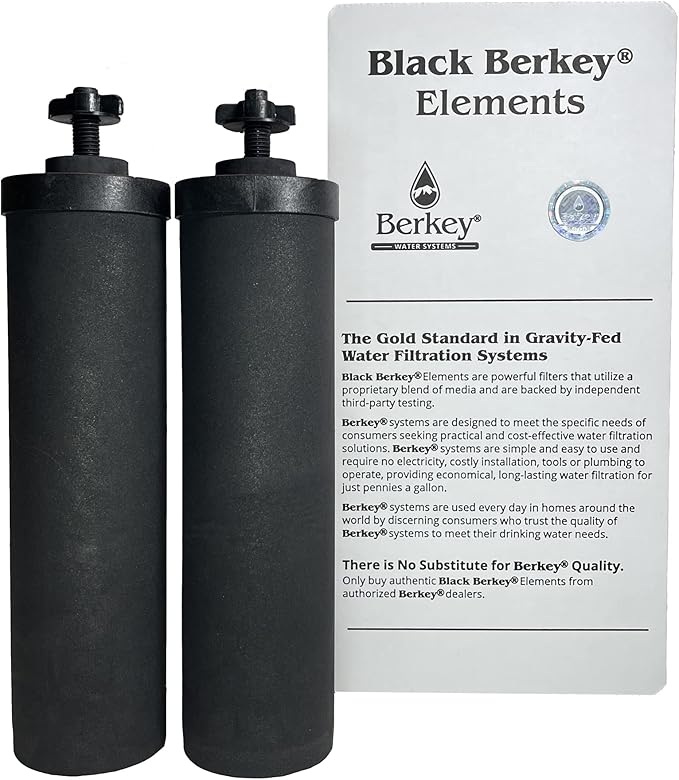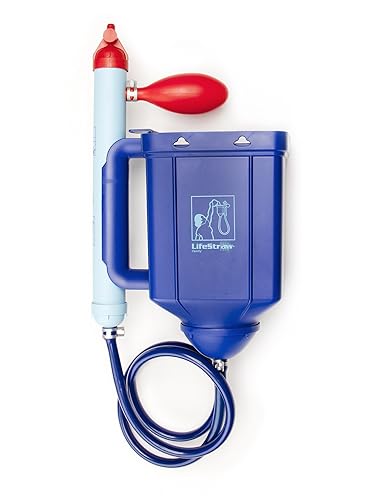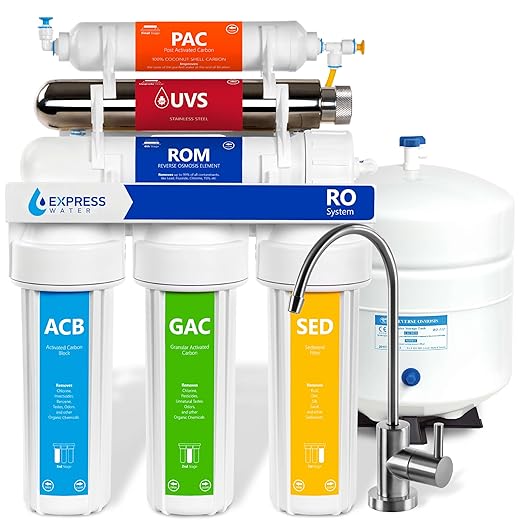This article contains affiliate links. We earn a small commission if you purchase through our links, at no extra cost to you. Read more in our affiliate disclaimer.
When planning water supply for off-grid living, you often encounter reverse osmosis (RO) as the “ultimate” water purification solution. But is it really the right choice for you living off grid? Let’s take a closer look at the pros and cons.
What is Reverse Osmosis?
Reverse osmosis is a water purification technique that forces water through an extremely fine membrane under high pressure. This membrane blocks almost everything – bacteria, viruses, chemicals, salts, and minerals. The result is crystal-clear water that is nearly 100% pure.
Benefits of RO Off Grid
Superior purification: RO removes virtually everything from water. Perfect if you have a questionable water source or want the highest possible safety.
Tasteless water: Many love the clean taste of RO water, especially if the source water has a metallic or other off-taste.
Long-term peace of mind: With RO, you never have to worry about what’s in your water.
Drawbacks for Off Grid Use
High Energy Requirements
RO systems require high water pressure (typically 40-80 PSI) to function. This often means powerful pressure pumps that draw significant power – a major challenge when every watt counts in your off-grid system.
Water Waste
Traditional RO systems “waste” a lot of water. For every gallon of clean water produced, 2-4 gallons of wastewater are flushed away. Off grid, every drop is valuable.
Can Be Expensive and Complex
Quality RO systems cost $1,000-3,500 and require regular membrane replacements. Plus installation of pressure pumps and pressure tanks.
Removes Everything – Even the Good Stuff
RO removes all minerals, which can make water “aggressive” and give it a flat taste. Some claim this is unhealthy long-term.
Other Alternatives for Off Grid
Berkey Filters

Gravity-based systems that need no electricity or pressure. Removes 99.9% of bacteria and viruses plus chemicals. Big Berkey handles 4 people and costs approximately $290.
LifeStraw Family

Simple, effective, and affordable (around $80). Perfect for basic purification of lake or well water.
UV Sterilization + Carbon Filter Combine UV light (kills microorganisms) with activated carbon (removes chemicals and bad taste). Low energy consumption and good results according to tests I’ve read. Buy filter on Amazon and combine with a UV lamp.
When RO Might Be the Right Choice
RO can be worth it if you:
- Have access to saltwater and need desalination
- Live in an area with heavy pollution or chemicals in groundwater
- Have plenty of energy and don’t mind water consumption
- Want the absolutely purest water regardless of cost
Recommendation for Most to Start Simple
Many recommend starting simpler. A Berkey filter or similar provides excellent water purification without energy requirements or water waste. You can always upgrade later if you find you need more advanced purification.
But I’m torn. And this is where the alternative of a low-cost RO system comes into the picture. That’s what I’m personally going to upgrade my old 0.5-liter LifeStraw bottle with. I’m going to pump water from a lake through this low-cost RO filter with UV, or preferably find one that runs on 12V. But more on that as the project develops.

Conclusion
Reverse osmosis is fantastic technology, but often “overkill” for off-grid use. Most people get better value with simpler filters that don’t require electricity or waste water. But if you have specific needs or resources, RO can absolutely be the right choice, and maybe a budget version can work well enough.
